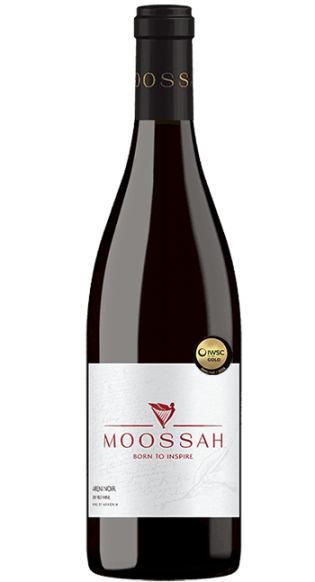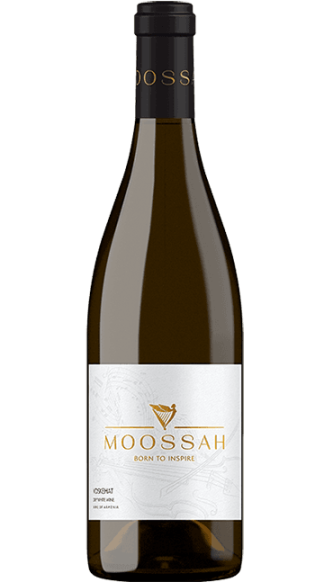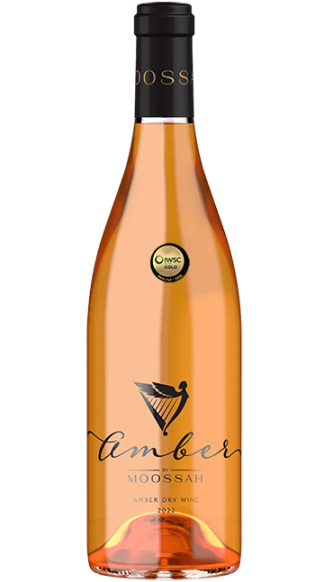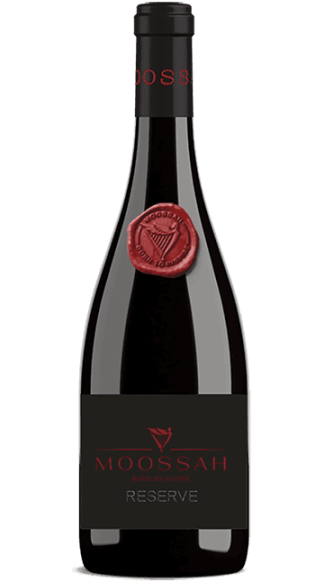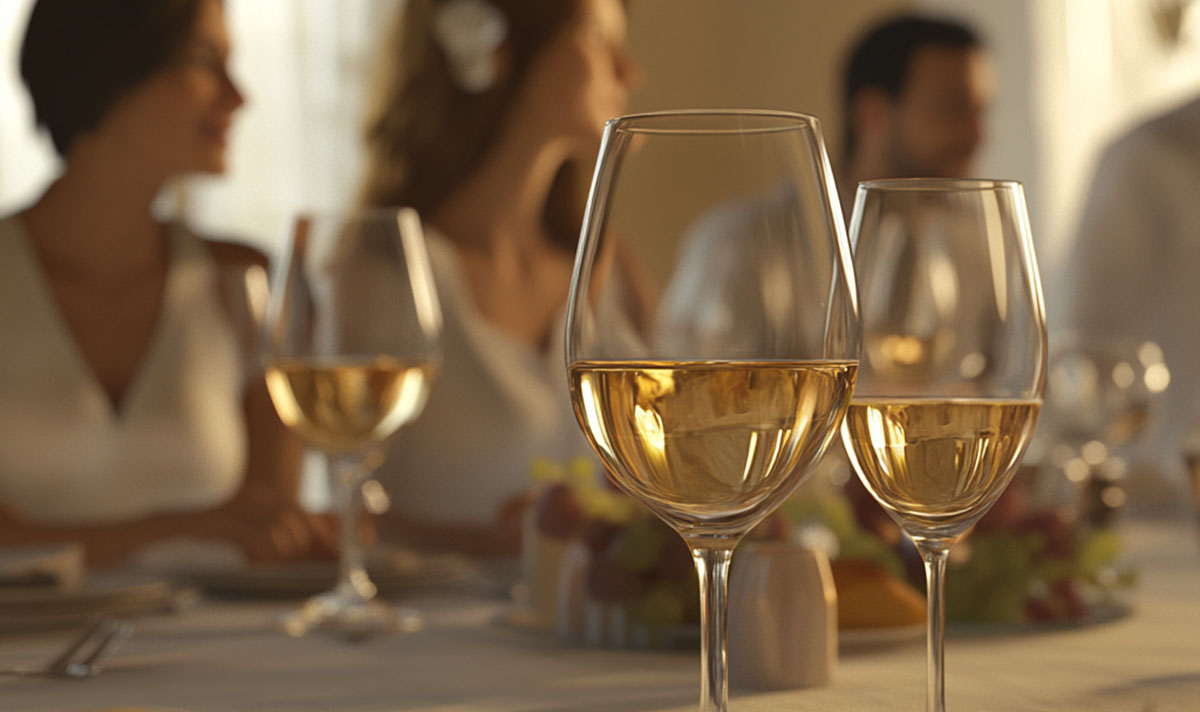
Wine tasting is a delightful journey of discovery that engages your senses and deepens your appreciation of one of the world’s most beloved beverages. Whether you’re a novice or an enthusiast, mastering the basics of wine tasting can elevate your experience and allow you to fully enjoy the nuances of each bottle. This comprehensive guide covers everything you need to know to begin your wine tasting adventure.
Understanding the Basics of Wine Tasting
Wine tasting is not just about sipping wine; it’s about fully experiencing and analyzing it. The process involves five main steps often referred to as the “5 S’s of Wine Tasting”: See, Swirl, Smell, Sip, and Savor. Each step helps you evaluate the wine’s appearance, aroma, flavor, and overall impression.
Preparing for a Wine Tasting

Proper preparation ensures you’re able to focus entirely on the wine’s characteristics. Here are some tips:
Choose the Right Environment
- Lighting: Conduct your tasting in a well-lit room to properly observe the wine’s color and clarity.
- Aromas: Avoid wearing strong perfumes or having overpowering scents in the room, as they can interfere with your ability to detect the wine’s aromas.
- Noise: A quiet setting allows you to concentrate on the experience.
Glassware Matters
- Use clean, clear, tulip-shaped wine glasses. The shape helps to concentrate the aromas and enhances the tasting process.
Temperature
Serve wines at their ideal temperatures:
Whites and rosés: 45–55°F (7–13°C). Try Moossah White and Moossah Rosé for a perfect start.
Reds: 55–65°F (13–18°C). A bottle of Moossah Red shines in this range.
Sparkling wines: 38–45°F (3–7°C).
Step-by-Step Guide to Wine Tasting
Step 1: See
Begin by observing the wine in your glass:
-
Color: Hold the glass against a white background to examine its hue. Whites range from pale straw to golden yellow, while reds vary from ruby to deep purple. Notice the unique amber tones in Moossah Amber, a rare and intriguing choice.
-
Clarity: Look for cloudiness, which might indicate a flaw, or brilliance, which suggests a well-made wine.
-
Legs (Tears): Swirl the wine and observe the streaks running down the glass. More pronounced legs often indicate higher alcohol or sugar content.
Step 2: Swirl
Swirling aerates the wine, releasing its aromas. Hold the glass by its stem and make small circular motions. This action is especially helpful for young or full-bodied wines like Moossah Red.
Step 3: Smell
-
Bring the glass to your nose and take a deep inhale.
-
Identify primary aromas (fruits, flowers, herbs), secondary aromas (from winemaking processes like yeast or oak), and tertiary aromas (aging-related notes like leather or spice). Wines such as Moossah White and Moossah Amber offer distinct aromatic profiles to explore.
Step 4: Sip
Take a small sip and let it coat your palate. Focus on:
-
Flavor Profile: Identify the primary flavors (e.g., citrus, berry, spice). Savor the berry-forward richness of Moossah Red or the crisp, citrusy notes of Moossah White.
-
Structure:
-
Acidity: Does the wine feel crisp and refreshing or flat?
-
Tannins: Does it leave a drying sensation, often found in reds? Moossah Red boasts a well-balanced tannin structure.
-
Sweetness: Is it dry, off-dry, or sweet? The subtle sweetness in Moossah Rosé complements its fruity character.
-
Body: Light, medium, or full-bodied? Moossah Amber offers a medium-bodied experience with complex depth.
-
Step 5: Savor
After swallowing (or spitting, if you’re tasting many wines), take a moment to reflect on the finish:
-
Length: How long do the flavors linger?
-
Balance: Does any element overpower the others? Wines like Moossah Amber are known for their harmonious finish.
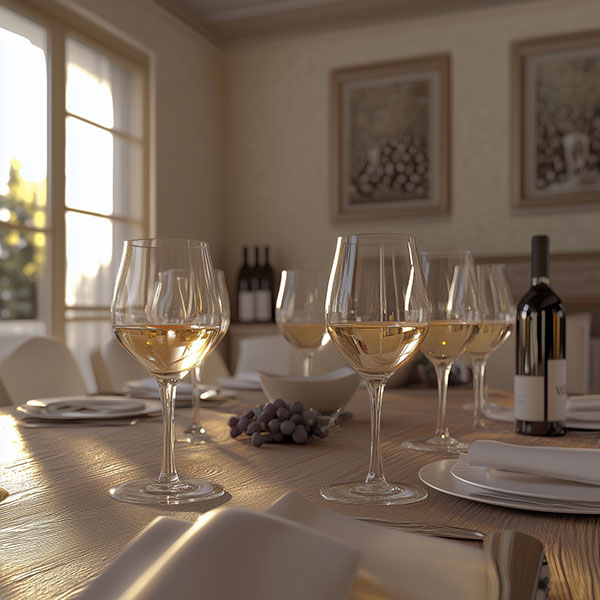
Common Wine Aromas and Flavors
White Wines
Chardonnay: Apple, pear, vanilla, butter. Compare these notes with Moossah White.
Sauvignon Blanc: Lemon, grapefruit, grass, green pepper.
Riesling: Peach, apricot, honey, petrol.
Red Wines
Cabernet Sauvignon: Blackcurrant, cedar, mint, tobacco. Similar depth can be found in Moossah Red.
Pinot Noir: Cherry, raspberry, mushroom, earthy tones.
Syrah/Shiraz: Blackberry, pepper, smoked meat, chocolate.
Rosé and Sparkling Wines
Rosé: Strawberry, watermelon, rose petals. Moossah Rosé is an excellent example of this vibrant style.
Champagne: Green apple, brioche, almond.
Hosting a Wine Tasting Party
A wine tasting party is a wonderful way to explore wines with friends. Here’s how to plan one:
Select a Theme
- Varietal Comparison: Compare wines made from the same grape but grown in different regions.
- Old World vs. New World: Taste wines from traditional regions like France and Italy against those from countries like the U.S. and Australia.
- Blind Tasting: Cover the labels and guess the varietal or region. Incorporate Moossah Red, Moossah Rosé, Moossah White, and Moossah Amber for a diverse lineup.
Prepare Pairings
- Offer light snacks that complement the wines, such as cheese, bread, fruits, and nuts.
- Avoid strong flavors that might overpower the wine. Consider pairing Moossah Amber with dried fruits and nuts.
Engage Guests
- Provide tasting cards for notes.
- Share trivia about the wines and their regions.
Common Mistakes to Avoid
Overpouring: Small pours ensure you can sample multiple wines without overwhelming your palate.
Skipping the Spit Bucket: If tasting several wines, spitting prevents intoxication and allows for clearer judgment.
Ignoring the Order: Taste wines from light to heavy to avoid palate fatigue. Start with Moossah White or Moossah Rosé and end with Moossah Red or Moossah Amber.
Rushing: Take your time to enjoy and analyze each wine.
Like any skill, wine tasting improves with practice. We have shared some tips on how to build your wine tasting skills and avoid mistakes. Here are some tips:
Taste Regularly: Try wines from different regions and varietals, including the versatile range from Moossah Wines.
Keep a Journal: Note your impressions to track your preferences.
Join a Tasting Group: Discussing wines with others enhances learning.
To Summarize
Wine tasting is more than just an activity; it is an exploration of culture, craftsmanship, and sensory delight. With the right tools and knowledge, anyone can become adept at identifying and appreciating the subtleties that make each wine unique.
Begin your journey today with confidence and curiosity. Whether you’re savoring a glass on your own or hosting a wine tasting event, remember to take your time, engage your senses, and most importantly, enjoy the experience. Cheers to discovering the wonderful world of wine!


